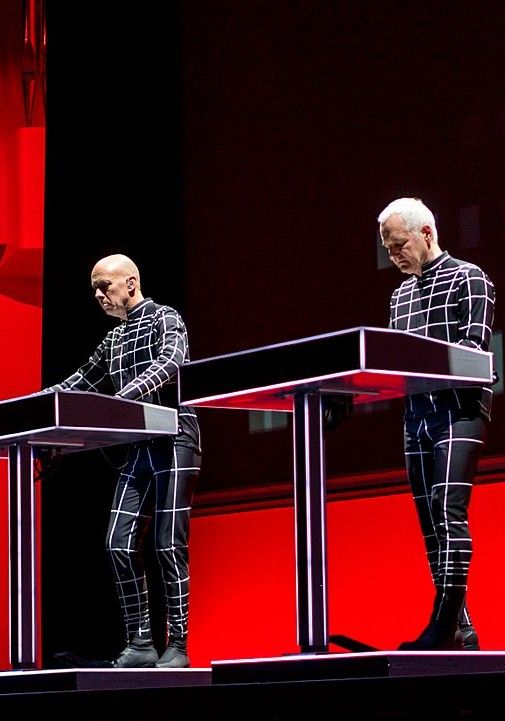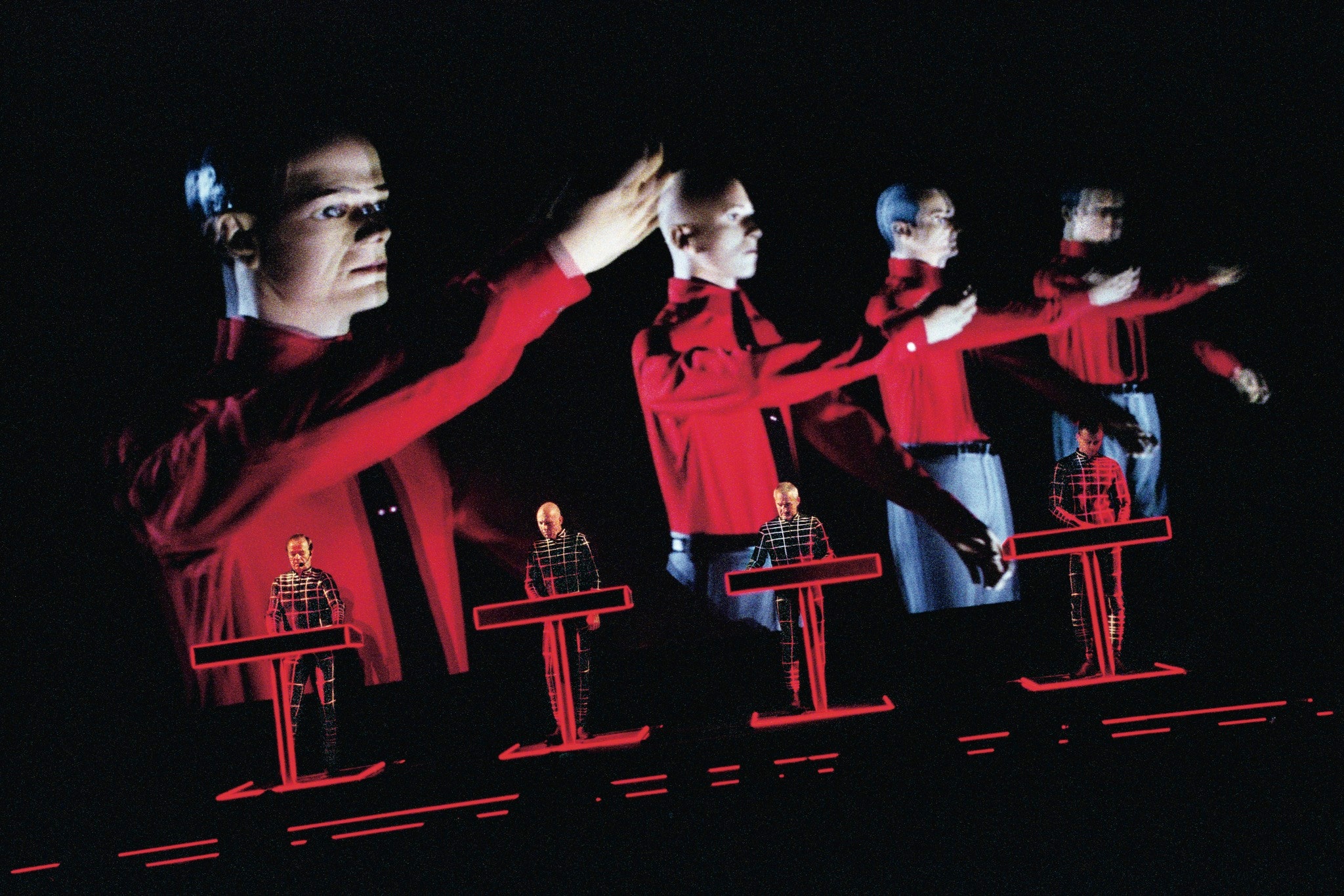Lockdown hasn’t stopped Kraftwerk’s FOH and monitor engineer from using d&b’s immersive Soundscape solution. Serge Gräfe paints a picture as to why he has installed ‘a small system’ in his living room.
Serge Gräfe should be in Italy right now as touring FOH engineer with Kraftwerk – on what would have no doubt been a spectacular celebration of the band’s 50th year together, but instead lockdown has meant that he is now spending lots of time at home in Hanover, Germany.
“I started working with them in 2005,” says Gräfe, who is Kraftwerk’s monitor engineer as well as assuming FOH duties. “I was hired as a system engineer on their tour. My first gig with Kraftwerk was in Skopje in Macedonia, where the production manager was also the monitor engineer. He said, ‘Hey, as you're here right now, you can do monitors as well!’
Gräfe then found himself in the unique position of overseeing the entire production, also assuming more of a sound designer role along the way as the technology developed.
“Back then it was a combination of me and the old FOH engineer,” he remembers. “He would be planning how he wanted the rig to be hung and I was doing all the mechanics. Then I went to the monitor desk to do the soundcheck and the show.”
Back then, the team were using d&b’s Q series, which he recalls was a very easy setup:
“Of course you had to do measurements for phase and delay and a little bit of tuning for the room, but in the end if you have a good system and you're organized, it's easy to handle.”
Before finding his Kraftwerk calling, Gräfe got into audio by accident whilst still at school:
“My girlfriend at the time was playing violin in a band, and I was in the rehearsal room playing. I saw that there was a mixing desk, and I was playing around with that. One of the musicians said it sounded much better than before, and could I do the next gig. I said, ‘Of course, it's easy!’ Then I learned it's not so easy,” he laughs. “This is how it all started!”
Moving to FOH for Kraftwerk in 2009, one of Gräfe’s first shows in his new role was a co-headlining Radiohead / Kraftwerk concert in South America.
“That was pretty amazing! Then the production became bigger and more specialised. With Kraftwerk we are a small team and we help each other out. It's very integrated; the lighting guy knows a lot about audio as well.”
This family atmosphere has been instrumental in ensuring the success of Kraftwerk’s live shows, with an inbuilt trust quickly developing between all team members making the shows happen.
“It’s very important to work like this all together,” he agrees. “Because we are also playing smaller venues, or in a nice theatre, or somewhere historic where you have to fit everything into the venue. You have to talk a lot and work together to make it happen.”



